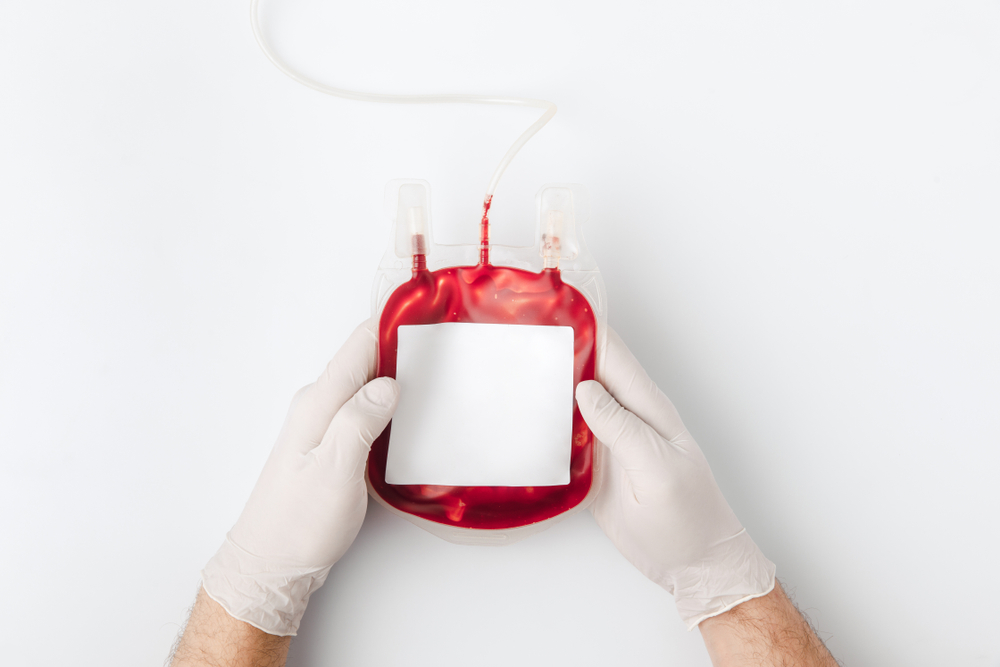
Blood transfusion is widely considered to be a beneficial treatment, but the American Medical Association and the Joint Commission say that it’s one of the five most overused procedures in medicine. Research reveals that up to 60% of red blood cell transfusions are either inappropriate, or, at best, not demonstrably effective; at their worst, blood transfusions have been associated with higher rates of mortality and morbidity, increased length of stay, readmissions, hospital-acquired infections, and other complications.
In addition to heightened health risks, the adverse effects of transfusion jeopardize reimbursements and drive up the cost of care for both patients and providers. So aside from providing transfusion only when it is truly needed, what can providers do to reduce the risk of complications and operate more cost-effectively in this area?
The truth is, autotransfusion — the practice of using a patient’s own blood for a transfusion — can safely replace the practice of using donated blood transfusions in many instances. Here are three ways that autotransfusion outperforms donated blood transfusions, both financially and in terms of patient care:
1. Donated blood can be very costly to hospitals and patients
To acquire donations, hospitals must recruit volunteers and conduct testing, blood typing, and cross-matching. They also have the responsibility of transporting and storing the blood (for up to six weeks). With 14.6 million units of blood transfused to patients annually across the U.S., the ultimate cost of blood transfusions is around $7.6 billion dollars — a figure that is 37% higher than previous studies have estimated.
Each transfusion costs a hospital between $525 – $1,185 per 500ml unit of blood, or $1.6 – $6 million annually. But this is not the only measure of cost. In a stat scenario, it can take 25 minutes or more to get blood from the blood bank to the patient. Donated blood also presents risks to patients that may result in infection, organ failure, immune response; for some, donated blood transfusions can even be fatal. Approximately 60-70% of patients receiving transfusions are surgical or post-surgical patients, especially the elderly. In addition, a patient’s hospital stay will likely increase by three days because of the donated units.
2. Donated whole blood and red blood cells lose function and fluidity in storage
Donated blood and red blood cells can be stored for up to 42 days, but time in storage takes its toll. Red blood cell function diminishes over time due to hemolysis, the breaking down of the cell membrane, which releases hemoglobin and other chemicals. Hemolyzed cells can’t carry oxygen, and the released chemical suppresses the recipient’s immune system, creating a higher risk of infection.
CONNECT WITH BUSINESS DEVELOPMENTCall (833) 923-3148
Red blood cells also lose their fluidity as they age, which means that it’s possible for them to accumulate in the recipient’s vessels and lungs rather than traveling seamlessly through throughout the body. This decrease in fluidity also represents the potential for the recipient to develop acidosis,* a condition that causes poor lung function or depressed breathing due to an excessive loss of bicarbonate or the buildup of carbon dioxide in the blood.
3. Autotransfusion offers fresh red blood cells and reduced risk of infection and complications
Because the patient receives his or her own blood back during the autotransfusion process, there is no risk of infection or immune response, no need for compatibility testing, and no need to wait on units from a blood bank. The patient’s red blood cells remain fresh for up to eight hours after processing, and they experience no loss in functionality. In addition, free hemoglobin is washed out by the autotransfusion machine, eliminating an overload on the kidneys.
It’s a common surgical phenomenon for the patient’s hemoglobin and hematocrit (hgb/hct) levels to drop after surgery, but autotransfusion during surgery helps maintain the patient’s hct levels both intra-operatively and post-operatively. This also decreases the possibility of a post-operative donated blood transfusion being performed.
Autotransfusion: A Better Solution than Donated Blood Transfusion
Ultimately, the practice of autotransfusion provides a rapid solution when blood is needed quickly. A patient’s own red blood cells can be returned to him or her in just three to five minutes. With an immune response unlikely, a decreased risk of infection, a reduced morbidity rate, possibly lower length of stay, and no need for blood bank reserves, patients can experience potentially significant cost savings and, most importantly, improved outcomes. The research is clear: Autotransfusion is a much safer and more economically sound replacement for donated blood transfusions, making it a wise investment for healthcare providers.
* Complications of blood transfusion. Melanie J Maxwell, FRCA, Matthew J A Wilson, MD MA BM ChB FRCA. Continuing Education in Anaesthesia Critical Care & Pain, Volume 6, Issue 6, December 2006, Pages 225-229, https://doi.org/10.1093/bjaceaccp/mkl053 Published: 01 December 2006
LEARN MORE ABOUT AUTOTRANSFUSION



Comments are closed.